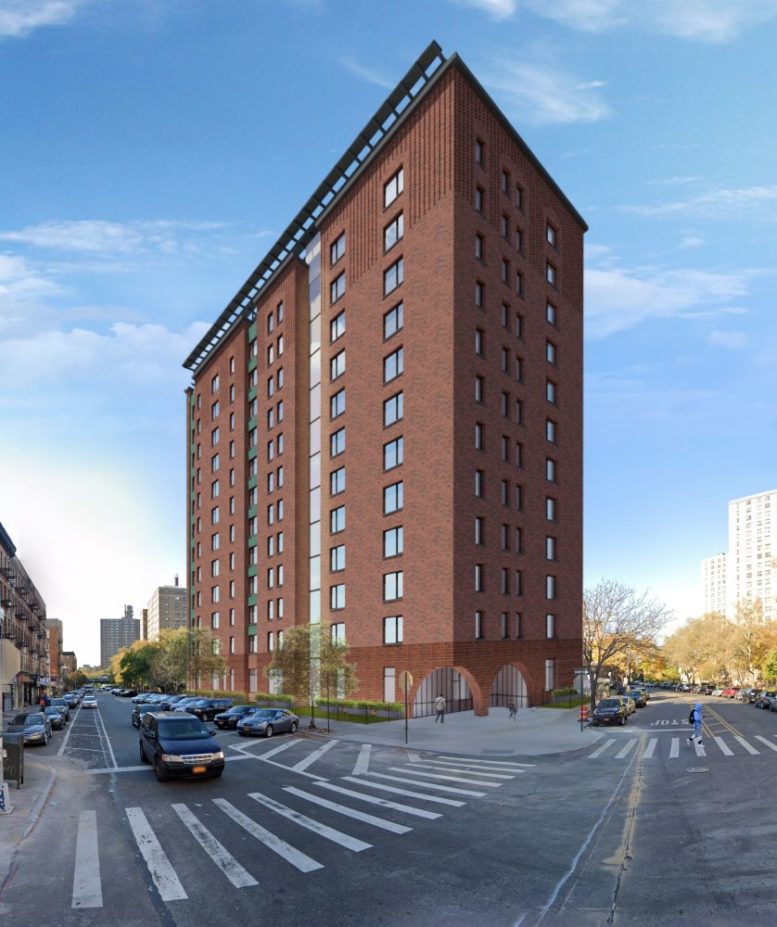Updated Forecast Shows Crisis Could Cost City Total of More Than $12 Billion Through July 2025, Absent State and Federal Support
New York City Mayor Eric Adams today laid out updated figures the asylum seeker crisis will cost the city over the next two fiscal years if swift action is not taken by the state and federal governments to further help manage this emergency. The city has already spent $1.45 billion in Fiscal Year (FY) 2023 to provide shelter, food, and services to tens of thousands of asylum seekers, but — as the city nears a total of 100,000 asylum seekers arriving since spring of 2022 — without further support, new cost estimates based on current trends show that the city has the potential to spend upwards of $12 billion over three fiscal years (FY23, FY24, and FY25) without policy changes.
“Immigration is the New York story. It is the American story. But as I declared nearly a year ago, we are facing an unprecedented state of emergency due to the asylum seeker crisis,” said Mayor Adams. “Since last year, nearly 100,000 asylum seekers have arrived in our city asking for shelter, and we are past our breaking point. New York City has been left to pick up the pieces of a broken immigration system — one that is projected to cost our city $12 billion over the course of three fiscal years without policy changes and further support from the state and federal governments. Our compassion may be limitless, but our resources are not. This is the budgetary reality we are facing if we don’t get the additional support we need. Without immediate assistance from our state and federal partners, we will continue to see heartbreaking scenes like the one outside The Roosevelt last week. New Yorkers did not create an international humanitarian crisis, but our city’s residents have been left to deal with this crisis almost entirely on our own. Our city will remain a beacon for all who come to our shores, because that is the New York City way; it is time for that to be the American way as well.”
“Like so many who have arrived on our shores, asylum seekers come here in search of the American Dream,” said First Deputy Mayor Sheena Wright. “Our city has made herculean efforts to provide shelter, food, clothing, schooling, and other necessities to those in our care so they can pursue that dream. But the events last week have made painfully clear that we need help, and we need it now. We are urging the state and federal governments to act so we can continue to live up to the words inscribed at the base of the Statue of Liberty, upholding our status as a city where all our huddled masses can breathe free.”
“Since day one, the Adams administration has mobilized to meet this unprecedented humanitarian crisis,” said Chief Advisor Ingrid P. Lewis-Martin. “We are deeply grateful to the faith leaders and community-based organizations who have partnered with us to provide services to those in our care. With close to 100,000 asylum seekers having arrived since last year, however, our city needs help. We call on our state and federal partners to provide more assistance so we can continue managing this emergency with the humanity and compassion that are hallmarks of this administration.”
“New York City is a city of immigrants, and our response to the asylum seeker crisis — opening approximately 200 emergency shelters, including more than a dozen large-scale humanitarian emergency relief and response centers in a matter of months — is a testament to our city’s ability to lead with compassion. As a person who emigrated to the United States as a child, that is important to me,” said Chief of Staff Camille Joseph-Varlack. “But as the heartbreaking scene outside The Roosevelt last week showed, we are at our breaking point. We need additional state and federal assistance for this emergency, or we may unfortunately see more situations like this in the future. Today, this administration is, once again, asking our state and federal partners for additional support, and we look forward to working with them to ensure every asylum seeker is given a fair shot at the American Dream.”
“Throughout this crisis, New Yorkers have stepped up to help their fellow brothers and sisters in need, and they continue to do so each and every day,” said Deputy Mayor for Health and Human Services Anne Williams-Isom. “Just last week, we announced that through our Asylum Application Help Center, we have helped migrants to fill out and submit 1,3 00 asylum applications to date. Our city will continue to lead with compassion, care, and empathy, as we have done since this crisis began. But with over 57,000 asylum seekers still in our care and more still arriving each day, our shelter system is buckling. New York City cannot continue to manage this national crisis on its own.”
The city today, once again, laid out clear steps the state can take to support the city and avoid the potential of spending over $12 billion over three fiscal years, including, among others:
- Implementing a statewide decompression strategy to ensure each county is doing its part to assist with this humanitarian crisis,
- Increasing the number of state-run and state-provided sites, and
- Providing additional funding to help the city with the costs already incurred by the crisis.
The city also reiterated its asks to the federal government to help manage this crisis and avoid the potential of spending over $12 billion over three fiscal years, including, among others:
- Expediting work authorizations for asylum seekers so they can more expeditiously secure employment,
- Declaring a state of emergency to manage the crisis at the border,
- Providing more federal reimbursement for costs incurred by the city, and
- Implementing a federal decompression strategy to ensure the flow of asylum seeker arrivals is more fairly distributed.
Without further support from state and federal partners, and without policy changes at the city level, new cost forecasts underscore the significant fiscal toll the ongoing crisis will take on the city. The city’s cost estimates are based on the number of asylum seeker households in its care. The census has grown steadily over time and accelerated since the expiration of Title 42 in May 2023. Today, there are more than 25,600 households in the city’s care or more than 57,300 asylum seekers — nearly 6,500 households above the city’s previous forecast — generating significantly higher costs to city. With updated costs of an average of $383 per night, without a single additional person added to the census, the city forecasts the new cost will be almost $3.6 billion in the current fiscal year.
However, based on the city’s models, there is evidence that a high rate of growth will continue in the future, and the sheltered asylum seeker population will average nearly 33,860 households nightly this fiscal year — increasing costs dramatically to more than $4.7 billion.
In FY25, the city anticipates an average daily household census will grow to almost 43,880, or more than 100,000 individuals in the city’s care, at a cost of just over $6.1 billion.
Further, as the census increases, so do costs. The city spent $292 million on asylum seeker costs for the month of July 2023 — 15 percent more than was spent in June 2023.
Because the asylum seeker population has grown faster than previously anticipated and the costs of shelter and care have increased, the city now anticipates spending almost $11 billion over FY24 and FY25: $4.7 billion in FY24 and $6.1 billion in FY25, respectively. This figure represents almost triple the city’s previous $3.9 billion estimate for the two fiscal years, which is funded in the city’s financial plan. This means that, without additional state and federal support, the city will need to add another $7 billion to the financial plan over this year and the next to meet rapidly expanding needs.
A breakdown of the formula for projected costs is provided below:












